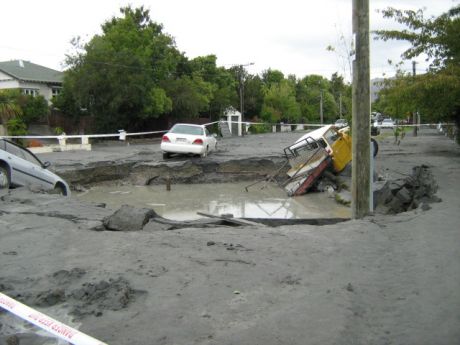The Near East lies on a seismically active part of the planet that
requires solid seismic risk mitigation and disaster management. With
this in mind, the EU-funded
SASPARM
(Support action for strengthening Palestinian-administrated areas
capabilities for seismic risk mitigation) project sought to help the
Palestinian territories in preparing for seismic events.
Bringing two key European institutions together with the Palestinian territories' An-Najah National University (NNU), the project team worked on enhancing the NNU's research capabilities in the field. It identified the University's knowledge gaps and enhanced training on disaster risk reduction and emergency response. This also involved building research networks to improve collaboration, improving the NNU's competitiveness, reaching out to the general public and encouraging the exploitation of project results.
Noteworthy among the project's achievements was the training for young researchers, students and relevant practitioners, covering topics like seismic risk, structural dynamics, ground response and seismic shaking tables. Engineering associations in the Palestinian territories also benefited from training in the field. Importantly, the NNU strengthened its resources to operate a new master's programme on disaster risk management, opening the door for future generations of young Palestinians to embark on an important career path.
Many stakeholders and policymakers participated in the project's activities, while the Palestinian media covered the project's objectives and results. SASPARM also led to a solid relationship between EU and Palestinian partners, paving the way for long-term collaboration in the field of seismic risk mitigation.
The project's results were shared with students, citizens, governmental institutions, local stakeholders, non-governmental organisations and even the private sector, strengthening disaster management in the territories. SASPARM was followed by SASPARM II, which will continue the project's efforts and build on previous actions to enhance seismic risk mitigation. The expected result is better disaster response and quicker recovery when disaster strikes.

